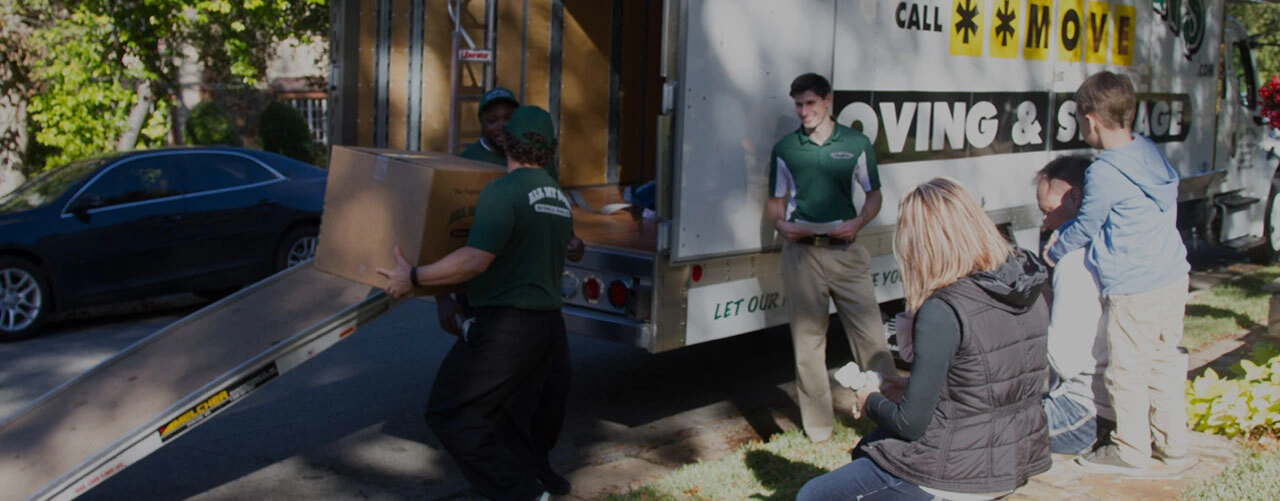Moving and Relocation Guide
Lifestyle Change; A Moving and Relocation Guide
Moving to a new place is always a huge adventure, albeit one that comes with plenty of responsibility. There is much to do before relocating, but with a good deal of advance planning, lists and correct labeling; the move can be a relatively stress-free endeavor. If there are children and pets in the household, account for any additional preparation that would involve their needs as well. If the relocation area is far away, try to learn about the lifestyle and culture beforehand to become better integrated after moving.
Preparing for the move
Make a Moving Schedule: Make a written or typed schedule to outline your moving plan for at least three months before the move. This will help you to stay on track and make sure that nothing is forgotten.
Rent a Moving Van: It might sound silly to rent a vehicle months in advance, but keep in mind that moving companies only have a limited amount of vans. Reserve in advance for some peace of mind and also because discounts may apply for early reservations. This will also allow some time to shop around for the best prices, packages and service.
Inform the Landlord: Many landlords will charge an extra fee for late notification, so it is best to let them know the moving date (in writing!) early on. In some cases it might involve ending the lease early or having to sublet the residence, and these are issues that should be sorted out with the landlord at this time.
Transfer Utilities & Insurance: Get in touch with the electricity, water, phone (cell and landlines), Internet, television, security alarm, garbage, newspaper and insurance companies and inform them of the move date. If the service cannot be transferred to the new address, research companies in the new area and open an account with service starting the day before move-in. Don't forget to also request a transfer of medical records and prescriptions from health service providers.
Mail Redirection: USPS offers several options for you to arrange forwarding mail to the new address (if accidentally sent to the old address) for a specific amount of time.
Change of Address: Government records and driving licenses need to be updated after the move. Keep this link handy and be sure to update all address and contact details in a timely manner. Also update contact info with any key contacts, banks, subscription services and important institutes.
Moving with a Pet: Obtain any necessary health records from the vet as well as tags and put together a moving kit for your pet.
Moving with Kids: Unlike pets, kids and even teens require plenty of mental preparation in advance. Learn how to get them ready and how to make the move easier for them.
Gather Packing Supplies: Before attempting to pack, make a stockpile of the necessary supplies: plenty of boxes, several rolls of strong packing tape, newspaper or bubble wrap for padding, a couple of large permanent markers and moving blankets to protect paintings or similar large and delicate pieces. Also keep a toolkit, a basic first aid kit and a packing checklist on hand.
Have a Friend Plan a Going Away Party: This is a terrific way to see friends and family at one time to say goodbye, instead of making dozens of drop-ins during packing time.
Packing - Necessity versus want
Have a Garage Sale: Sort through old and unused items and get rid of the clutter by holding a garage sale. This will help minimize the amount that you have to pack and transport to the new residence and will also earn you a bit of cash in the process!
Pack Out of Season Items First: Items such as Christmas decorations, seasonal clothing, knick knacks and large amounts of books are ideal for packing three to four months in advance.
Pack Room by Room: This strategy will help minimize feeling overwhelmed and will also be useful in ensuring that all items from one room stay together.
Labeling boxes correctly and maintaining a running list of the contents of each box will help enormously in later locating any specific item.
Packing Flammable Objects: Learn how to safely pack flammable objects and leave out items that are illegal to move via a moving company.
Packing Fragile Items: Use plenty of cushioning and padding materials between each item to ensure that they cannot move during transportation. Mark these boxes with the label “Fragile” on all sides.
Purge Old Clothes: Don't unnecessarily hang onto clothes that haven't been worn in years! Donate them to second-hand stores or have a clothes swap party with friends. Do the same with toys and books that the children have outgrown.
Take Care in Packing the “Open-First” Box: The Open-First box (or suitcase) should typically include essentials needed for the first night at the new residence. This box should be placed in the car for easy access. This printable checklist (PDF) will help to stay organized.
Learning about your new area
Research the New Area: Find out about locations that will help you fit in, such as the local library, church, children's school, grocery store, bank and so on.
Make New Friends: It can be a little daunting not knowing anyone in a new town, but chatting with neighbors, joining groups and heading outdoors is the first step to meeting people. Use this site to find groups by interest in specific areas.
Find Out About Public Recreational Programs: The National Recreation and Park Association is a wonderful resource for finding public recreational, educational and outdoor activities.
Dealing with Culture Shock or Depression: It is quite normal to feel homesick at first but technology today allows us to easily keep in touch with loved ones at home. It also helps to remember that it takes most people a bit of time to get adjusted and used to their new area.

